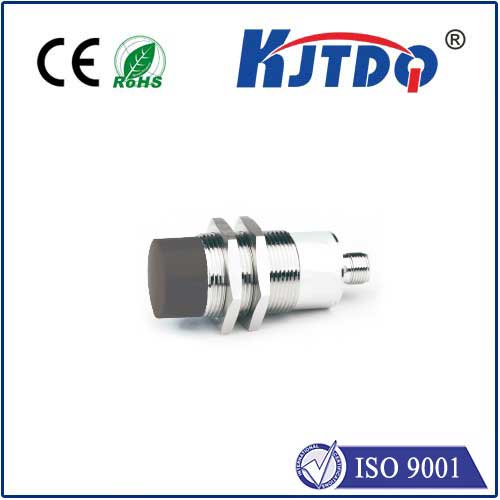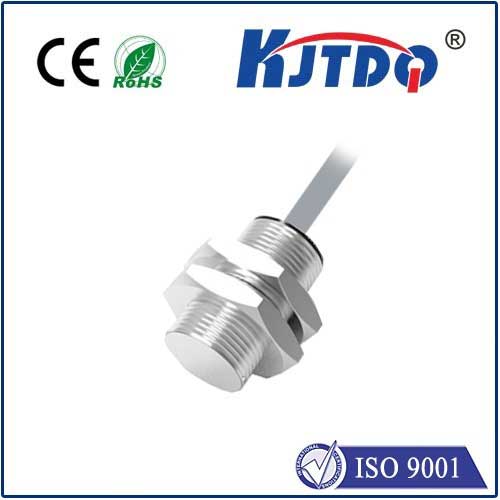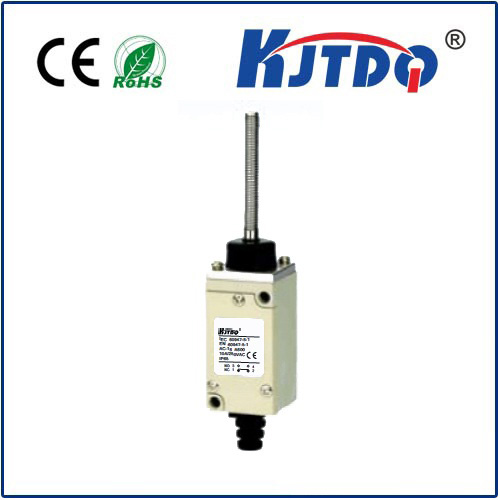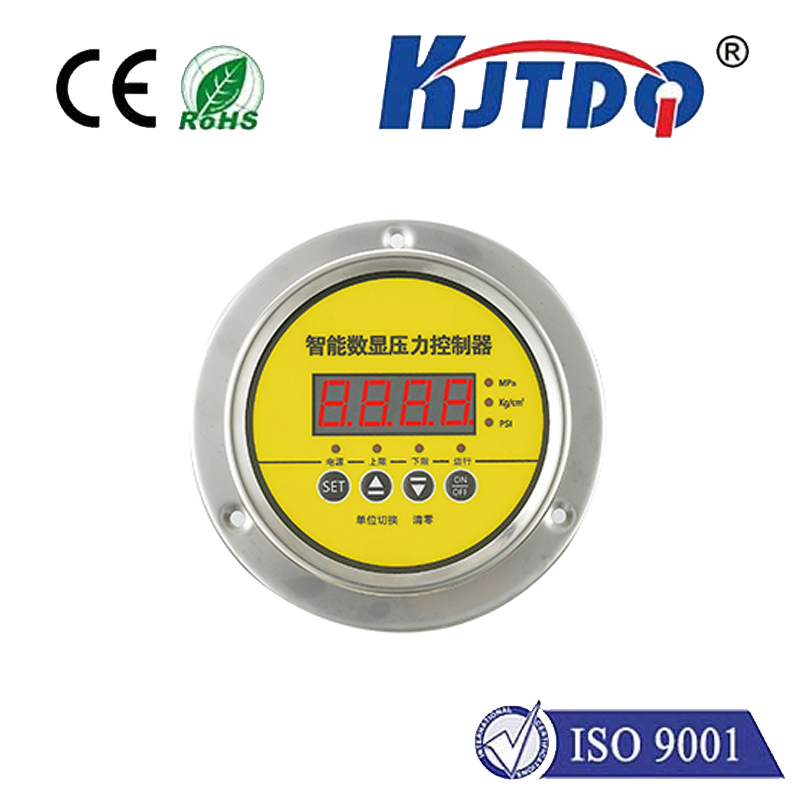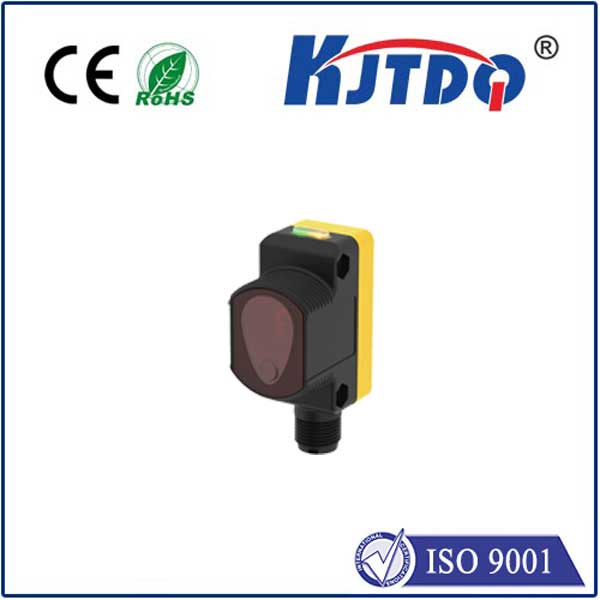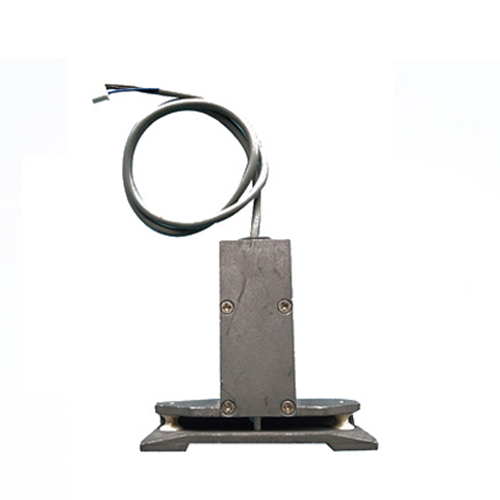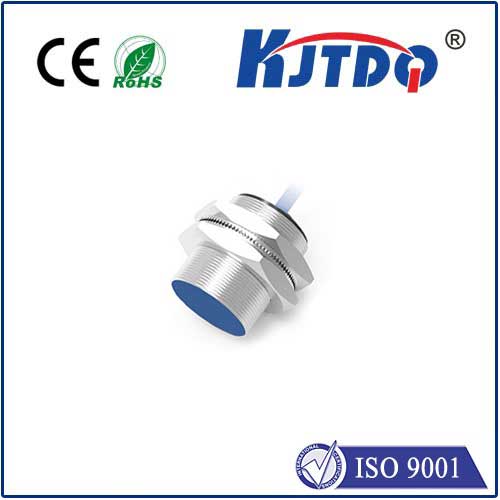Imagine a critical process where pressure fluctuations dictate product quality, system safety, or operational efficiency. A fraction of a bar too high, and seals risk bursting; too low, and flow rates become inconsistent. In such scenarios, reliable, high-accuracy pressure monitoring isn’t just desirable – it’s essential. Enter the KAP10 pressure sensor, a robust transducer engineered to deliver precise readings in the often-harsh realities of industrial settings. This article explores the capabilities, applications, and defining characteristics of the KAP10, highlighting why it stands as a trusted solution for engineers seeking dependable process control.
At its core, the KAP10 is a piezoresistive pressure transducer. This sophisticated technology relies on the principle that certain materials change their electrical resistance when subjected to mechanical stress. Within the sensor, a micromachined silicon diaphragm incorporates embedded strain gauges. As pressure acts upon this diaphragm, it deforms minutely, causing a proportional change in the resistance of these strain gauges. This minute resistance change is converted via a precision signal conditioning circuit (often integrated within the sensor housing itself) into a standardized, easy-to-interpret output signal, typically 0-10V, 0-5V, or 4-20mA. This electrical output provides a continuous, real-time representation of the applied pressure.
What truly sets the KAP10 apart is its exceptional suitability for rugged industrial use. Unlike laboratory-grade sensors, the KAP10 is built to withstand the rigors encountered on factory floors, in process plants, and within mobile machinery. Its construction often features high-grade stainless steel wetted parts (the components directly exposed to the medium), offering excellent corrosion resistance against a wide range of liquids and gases commonly found in industrial processes. Crucially, the O-ring sealed design ensures robust protection against the ingress of moisture, dust, and other contaminants, critical for maintaining long-term performance integrity in challenging environments. This inherent robustness translates directly into enhanced durability and reduced maintenance costs over the sensor’s operational lifespan.

Accuracy and stability are paramount for any sensor entrusted with process control or monitoring. The KAP10 pressure sensor typically boasts high accuracy specifications, often within ±0.5% Full Scale (FS) or better across its compensated temperature range. This level of precision ensures that process variations are detected reliably, enabling tighter control loops and better decision-making. Furthermore, excellent long-term stability minimizes drift over time, reducing the need for frequent recalibration and ensuring consistent measurement performance year after year. This reliability factor is a significant contributor to its reputation.
The versatility of the KAP10 is reflected in its wide array of potential applications. Its capabilities make it an indispensable tool across numerous sectors:
When integrating the KAP10 into a system, several key specifications warrant close attention:
For engineers seeking dependable pressure monitoring without constant oversight, the key advantages of the KAP10 become compelling:
Selecting the right pressure sensor is a critical decision impacting system performance, safety, and cost-effectiveness. The KAP10 pressure sensor has consistently proven itself as a benchmark for high-quality industrial pressure measurement. By combining fundamental piezoresistive technology with a purpose-built, rugged design, it addresses the core needs of reliability, accuracy, and longevity demanded in real-world applications. Whether optimizing a hydraulic circuit, safeguarding a chemical process, or gathering crucial test data, the KAP10 provides the confidence that the pressure you measure is the pressure you can trust. Its blend of performance and durability ensures it remains a top choice for engineers focused on achieving robust and efficient industrial operations.

